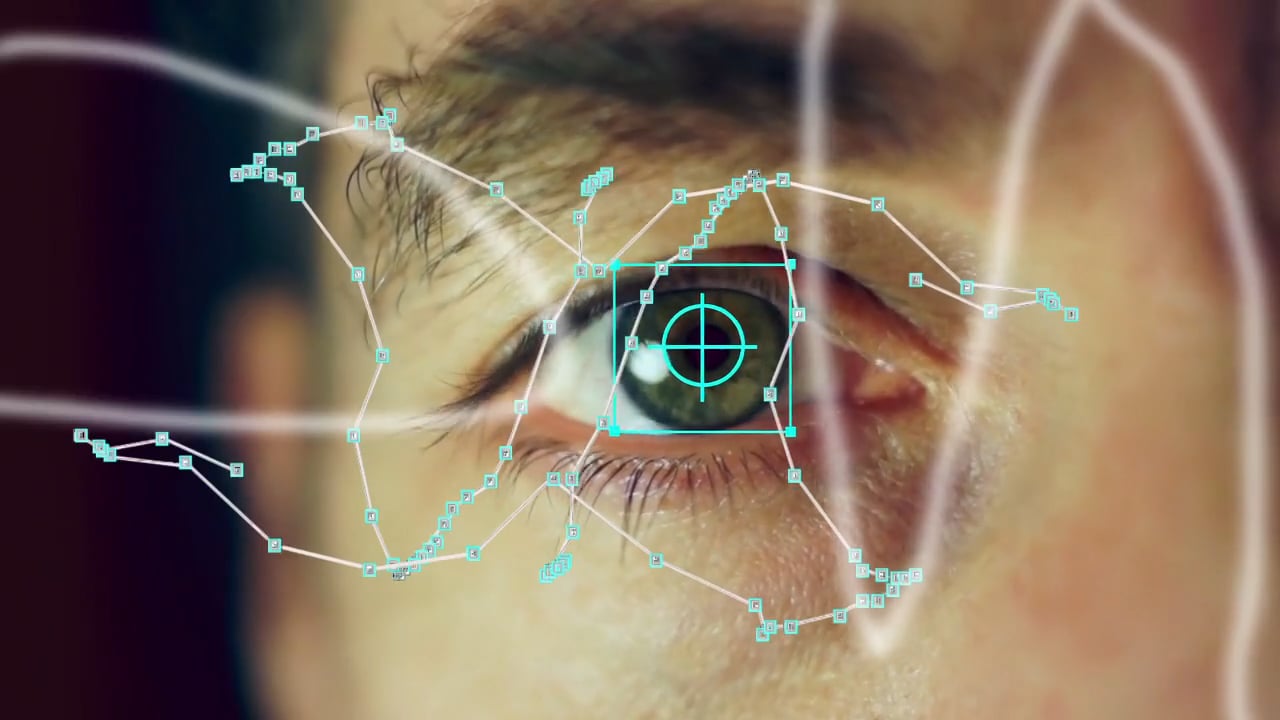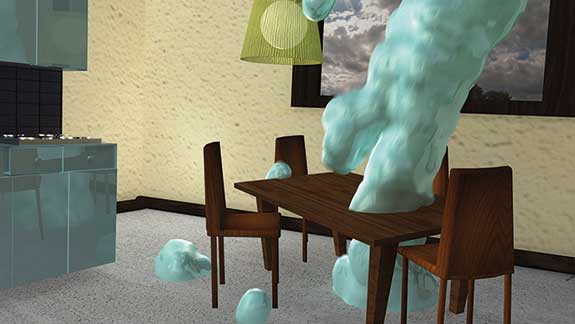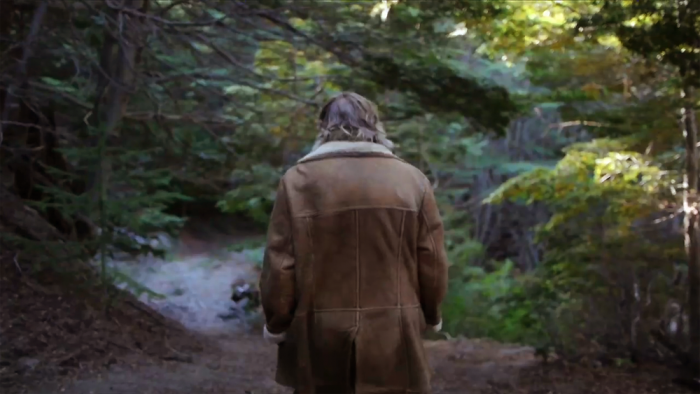redux/time/OUT OF JOINT by Caspar Stracke
Sept. 16, 2017 Tranzac Club, Toronto
co-presentation Pleasure Dome and Regional Support Network
The time is out of joint: O cursed spite, that ever I was born to set it right!
Hamlet (meeting the ghost of his father)
A maximalist freefall into the world of time reversal via science and art. Stracke’s delirious visual inventions propel this cross-cutting essay doc that replays backwards birthing, the supposedly Satanic verses from backwards Led Zep records, and Japan’s famous Tsukiji fish market. Twelve years in the making, the artist brings his roots as an experimental filmmaker fully into the digital realm, producing inventive and playful procedures for information processing. His musical inclinations are everywhere present, this is a movie that is composed and de-composed, sliding between hi-tech science labs and countryside ruminations on mortality with an internationalist’s ease.
The subject of time is particularly well suited to the film medium, where time is an essential and plastic element, it can be stretched or compressed, and reaching deep into his experimentalist’s trick bag, the artist offers us astonishing views of city streets rolling backwards, or unbirths, or hypnagogic forests. These alternate with performative turns where a street hawker sells his ability to say anything backwards, or scientists geek out on light demos, or else the movie maker himself tosses his weighty time books into a stream, and then follows them into the drink like a modern day Chaplin.
While the project grazes across science labs around the world, and more than occasionally stops at a philosopher’s couch to absorb a few more lightning bolt sentences, the movie gradually turns towards an intimate embrace with death. Why worry about time, if you’re not worried about dying? Detecting a primal cultural anxiety, the artist draws himself close to the death of the very people he is filming, particularly Argentinian fringe filmmaker Narcissa Hirsch, whose tenderly fierce declarations sound like a last will and testament.
The artist travelled the world for a dozen years, filming interviews, dramatic interludes, dance interventions and science experiments. His masterful cutting brought him a feature-length vehicle, but after a punishing round on the fest circuit, he decided to recut yet again, and produced this newly shortened hour-long version. As if there wasn’t enough time to absorb the hope of time reversals.
The global all-star cast includes punk super 8 icon turned philosopher Manuel DeLanda, Marxist philosopher Agnes Heller, experimental filmmakers Alexander Galeta and Narcisa Hirsch, BioTime researcher Michael West, atomic physicist Mikhail Lukin (Harvard), bioenterologist Aubrey DeGrey (Cambridge), biologist Stephen Spindler, particle researcher John D. Cramer and NY choreographer Sara Rudner.
Introduction
Let’s begin with a traditional establishing shot. I’d like to offer thanks and acknowledgments that we are on the lands of the Huron-Wendat, Petun First Nations, the Seneca, Haudenesaunee, Anishinaabe, and most recently the Missaussagas of the New Credit.
Tonight’s screening is a kind of hors d’oeuvre for the Mixed Input Festival which will start at 10pm, and features live performers, music, performance. It’s gonna be good.
A few words about the artist who made redux/time/OUT OF JOINT, an hour-long movie finished in the last year.
Caspar Stracke was born in Germany where he began making super 8 films in high school. He attended the legendary Braunschweig Art Academy, where so many of the country’s luminous movie artists went. Classes were run by the primal couple of the German fringe Birgit and Wilhelm Hein. Caspar’s short, sometimes absurdist psychodramatic works feel energized, always on the move, formally inventive, in love with sound, and almost narrative.
When he was 26 he moved to Manhattan where he reinvented himself as a digital video artist. He gigged as a shooter/editor for a very part time German TV show, and cut other people’s movies in an attempt to make his rent. When I met him he was living in a tiny corporate edit studio, his entire wardrobe and belongings fit into a single pull out drawer, he slept on the sofa. There he knocked out short portraits of New York City architecture in movies, the gestures of work, even George Kuchar. He filled galleries with installations like Doppel where he would videotape iconic buildings and then their meticulously crafted remake doubles which he would present in split-screen – hence the Parthenon in Nashville or the Peter’s Dome in the Ivory Coast.
He worked for more than a decade on his last feature-length movie which was called Circle’s Short Circuit (1999). It opens with theory maven Avital Ronell holding forth on the invention of the telephone. Ronell’s electric speech turns into a woman who has a flower growing in her left lung, while further digressions deliver a lecture by Jacques Derrida, performance art asides, and a long silent film interlude, complete with intertitles.
Caspar is a collage artist, a remixer. He worked for years as a co-director/co-curator of video dumbo festival, and was an active member of The Thing, a New York web outfit. Only a couple of years ago was living in Brooklyn, Mexico City, Berlin and Helsinki… at the same time. I think you’ll see his dedicated internationalism, the smile that opens every door, his open heart, in the movie we’re going to see.
Caspar Stracke
time/OUT OF JOINT is a highly eclectic collection of topics dealing with the paradox of time reversal, interpreted as both a scientific and cultural phenomenon. It is a feature-length experimental documentary that investigates the relationship between groundbreaking scientific discoveries such as the reduction and stopping of light velocity with the irreversibility of life. Time-axis manipulations such as time-reversal mirroring and quantum non-locality experiments are put into dialogue with gerontology, age reversal and human life extension.
In addition, the project features interpretations of time reversal from various cultural and artistic practices, including time-slice photography, backwards speech experiments, so-called “backward masking” in pop music as well as time-reversal film techniques.
Finally the backwards turning of time is related to life’s finitude and its relationshio with the human psyche. It is echoed in the controversial and absurd battles against this life fact. The notion of age reversal applies to stem-cell cloning, amongst other medical concepts from the research field of gerontology.
Featuring Manuel DeLanda, Agnes Heller, Michael West, Sarah Rudner, Aubrey deGrey, Mikhail Lukin, Narcisa Hirsch, Ladislav Galeta, among others.
Caspar Stracke interview
Vomo TV
April 29, 2016
Announcer: The Alchemy Film Festival had an excellent line up of experimental and thought provoking films from all over the world. One film that caught our eye was time/OUT OF JOINT. Part documentary, part sci-fi, the film creates a conversation between philosophers, scientists and cultural producers whose work relates to the theme of reversing time. David was at the festival chatting to the filmmaker Caspar Stracke.
from the movie: Manuel DeLanda: The expression ‘reversability of time’ has always to do with questions about what remains unchanged after you transform a particular process.
David: So, what was the process like making this film? It seems like quite a diverse film.
Caspar: It’s not only diverse in the idea of having to interpret the theme of reversing time through so many different fields – from literature, philosophy, science. It also looks at fields like gerontology that deal with the idea that in old age people want to cling on to their life. There are some legitimate and also sometimes bizarre even magical efforts made to extend life.
Andrey de Grey: I think it’s important to recognize that repairing the damage of aging will probably be easier than simply slowing down the subsequent accumulation of damage, retarding aging.
Narcisa Hirsch: “There’s no sense in life if the senses don’t work anymore. There’s no sense in life without senses.”
Caspar: It is important to see my film as an experiment where the idea of reversing something in a scientific or cultural field might lead back to a larger psychological project or train of thought that reminds us that life is limited. That there is an end.
Dr. Michael West: We actually now have the ability to reverse time in human cells.
Dr. Stephen Spindler: I don’t think that that’s playing God, I think that’s doing what we’ve always done. We’ve always tinkered with ourselves and our environment.
Caspar: Lots of theories have tried to make connections with our daily practices. For instance, our playful ability to reverse certain things, to see how… not in the sense of backwards engineering, but to question how things evolve. Entropy. How we influence each other. To relate a scientific or theoretical praxis to one’s own life finitude, this is the core of my film.




